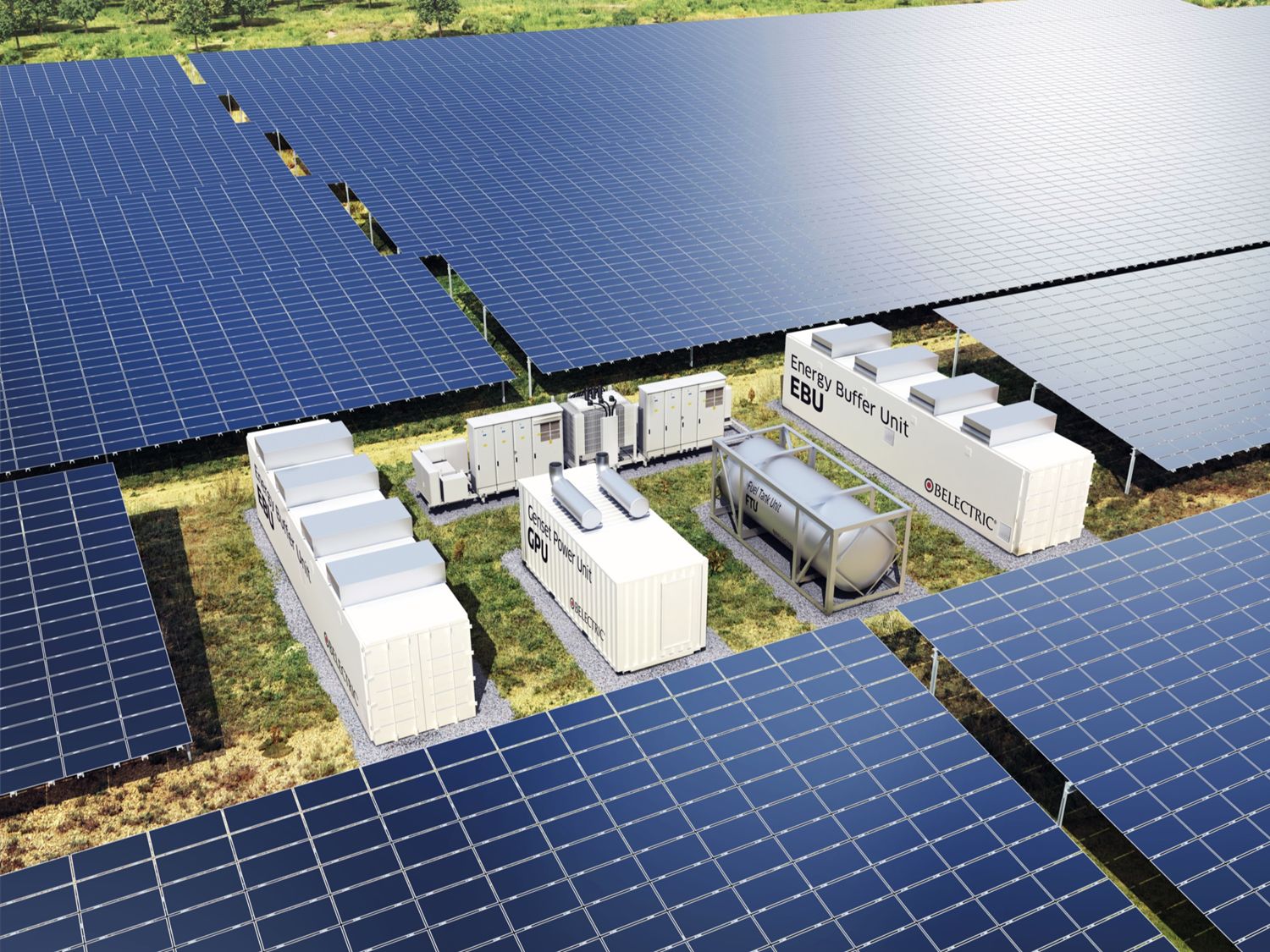| Duration: | November 2014 - December 2018 |
| Contracting Authority/ Sponsors: | German Federal Ministry of Economic Affairs and Energy (BMWi) |
| Project Partners: | BELECTRIC Solarkraftwerke GmbH, GE Energy Power Conversion GmbH, Chair of Power Plant Technology Brandenburg Technical University Cottbus-Senftenberg (BTU), MTU Friedrichshafen GmbH, Adensis GmbH, Padcon GmbH, Jurchen Technology GmbH |
| Project Focus: |
PV Power Plant of the Future – Concept for Inverter Regulators in PV Power Plants
In rural regions, industrial plants and households are often supplied with electricity in isolated grids using diesel generators. Diesel can be saved with the integration of PV power plants into these micro grids. Due to the high diesel price as well as the enormous transport costs, enormous costs can be saved as well as CO2 emissions reduced. However, the energy portion that can be replaced by PV power plants is limited to 30-40 % due to the technical properties of current PV inverters and diesel generators. In the “PV Power Plant of the Future” project, a power plant concept is developed in combination with storage units that allows the increase of the PV energy portion to values above 90 %.
Current PV inverters behave in the power grid similar to a power source. They thus support the grid voltage secondarily only in the stationary range by providing reactive power. This also means that they only supply energy into the grid if a grid voltage is present. In standalone grids that are supplied by diesel generators, the voltage is generated by synchronous generators. They behave like voltage sources and control the voltage in the dynamic as well as the static range. They also supply a so-called instantaneous reserve due to the mass rotating synchronously to the grid frequency. By absorbing energy in the form of rotation energy in the case of excess power in the grid and releasing it in the case of a power shortfall, they have a stabilizing effect on the grid frequency. In the “PV Power Plant of the Future” project, a power plant concept is developed that can replace these properties by integrating storage units and fossil generators. These power plants are not only suitable for the use in standalone grids, but also allow the provision of system services, e.g., in the European grid, which so far have been provided by conventional power plants, the so-called “must-run units”, only. For this purpose, the experts of Fraunhofer ISE develop new regulator concepts for the inverters used in these power plants. Using this regulation algorithm, the inverters support grid voltage and frequency. The grid-forming properties are implemented in the project in real inverters in the megawatt range and demonstrated in lab and field tests.
